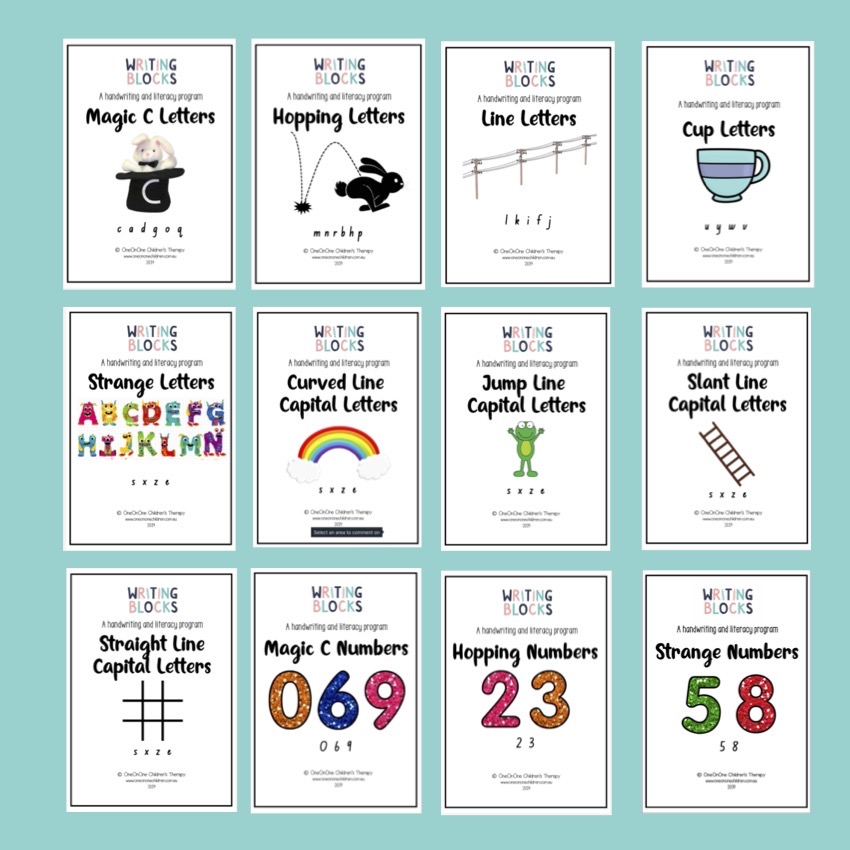
Supporting Your Child’s Handwriting at Home: Occupational Therapy Tips from Bondi Junction and Mascot Experts
Helping your child develop strong handwriting skills at home is essential for their academic success. At OneOnOne Children’s Therapy, we provide expert Occupational Therapy services in Bondi Junction and Mascot to support children struggling with handwriting. Creating the right environment at home is a key step in fostering these skills. Here are our top tips, straight from our experienced Occupational Therapists, to set up a home workspace that promotes focus and handwriting development.
1. Create a Comfortable and Ergonomic Workspace
The first step to improving handwriting is ensuring your child has a comfortable and supportive workspace. Here’s what to consider:
- Sturdy Desk or Table: Provide a stable surface that won’t wobble while your child is writing.
- Adjustable Chair: Ensure their feet rest flat on the floor and their arms are comfortably supported.
- Proper Desk Height: The desk should be at a height where your child can write without straining their arms or shoulders.
Our Occupational Therapists in Bondi Junction and Mascot can offer personalised advice on ergonomic setups to support your child’s handwriting needs.
2. Ensure Proper Lighting
Good lighting is crucial to prevent eye strain and enhance focus during writing activities:
- Natural Light: Position the workspace near a window for natural light, which is easier on the eyes.
- Desk Lamp: Use an adjustable lamp for clear visibility, especially during evening writing practice.
- Avoid Glare: Position lighting to reduce glare or shadows that could distract your child.
3. Organise Writing Supplies
Having an organised and clutter-free workspace helps children concentrate better:
- Writing Tools: Stock the workspace with pencils, erasers, and sharpeners that are easy to access.
- Specialised Tools: Consider using pencils with grips or adaptive tools to help improve grip and control.
Our Occupational Therapists can recommend tools suited to your child’s developmental needs.
4. Use the Right Paper
The type of paper your child uses can make a big difference in their handwriting:
- Lined Paper: Helps children learn proper letter size and spacing.
- Grade-Specific Paper: Choose paper with lines appropriate for your child’s developmental stage to promote clear, legible writing.
5. Establish a Routine for Handwriting Practice
Consistency is key when it comes to developing handwriting skills:
- Daily Practice: Schedule dedicated time for handwriting practice each day.
- Start Small: Begin with short, manageable sessions, and increase the time as your child builds endurance.
Consistency builds muscle memory, and our Occupational Therapists can help design a personalised practice routine that fits your child’s needs.
6. Incorporate Visual Supports
Visual aids can help reinforce handwriting skills:
- Alphabet Charts: Display alphabet charts to remind your child of correct letter formations.
- Worksheets: Use structured handwriting worksheets to guide their practice.
These supports can be customised to address your child’s handwriting challenges by our Occupational Therapy team in Bondi Junction and Mascot.
7. Use Multisensory Activities
Making handwriting practice fun and engaging can improve results:
- Sand or Shaving Cream: Let your child practice letters in sand or shaving cream to engage multiple senses.
- Textured Surfaces: Use textured surfaces to help develop motor control.
8. Encourage and Praise
Positive reinforcement goes a long way in building confidence:
- Celebrate Progress: Praise even small improvements to build your child’s self-esteem.
- Focus on Effort: Encourage effort rather than perfection to foster a growth mindset.
9. Monitor Progress and Make Adjustments
Keep an eye on your child’s progress and adjust their environment as needed:
- Watch Their Posture: Ensure they’re maintaining good posture while writing.
- Address Discomfort: If they’re struggling, adjust the tools or workspace to better suit their needs.
An Occupational Therapist in Bondi Junction or Mascot can provide further insight into necessary adjustments.
10. Collaborate with Teachers and Therapists
Collaboration is key to success:
- Share Insights: Work with your child’s teacher and Occupational Therapist to create a consistent approach to handwriting development.
- Set Common Goals: Ensure that everyone is on the same page to promote consistent progress.
11. Stay Patient and Persistent
Handwriting development takes time:
- Celebrate Effort: Encourage persistence and celebrate each small success.
- Support Their Journey: Emphasise the importance of gradual improvement and practice.
Conclusion: Supporting Your Child’s Handwriting at Home with Occupational Therapy
Creating the right environment at home is essential for improving your child’s handwriting. By following these expert tips from our Occupational Therapists, you can help your child build strong handwriting skills and gain confidence in their writing abilities.
Handwriting Help with OneOnOne Children’s Therapy
At OneOnOne Children’s Therapy, we offer our Writing Blocks program, designed to help children improve handwriting through evidence-based techniques. Our Occupational Therapists in Bondi Junction and Mascot specialise in creating personalised plans to support your child’s handwriting journey.
Contact Us Today
If you’re concerned about your child’s handwriting, reach out to OneOnOne Children’s Therapy. Our AHPRA-registered Occupational Therapists are here to provide the guidance and support your child needs.
- Call us: (02) 8065 7837
- Email us: to schedule a consultation.
Explore more of our blogs to learn about Occupational Therapy, Speech Pathology, and ESDM therapy for children with autism, offered at our Bondi Junction and Mascot clinics. Together, we can help your child succeed!
